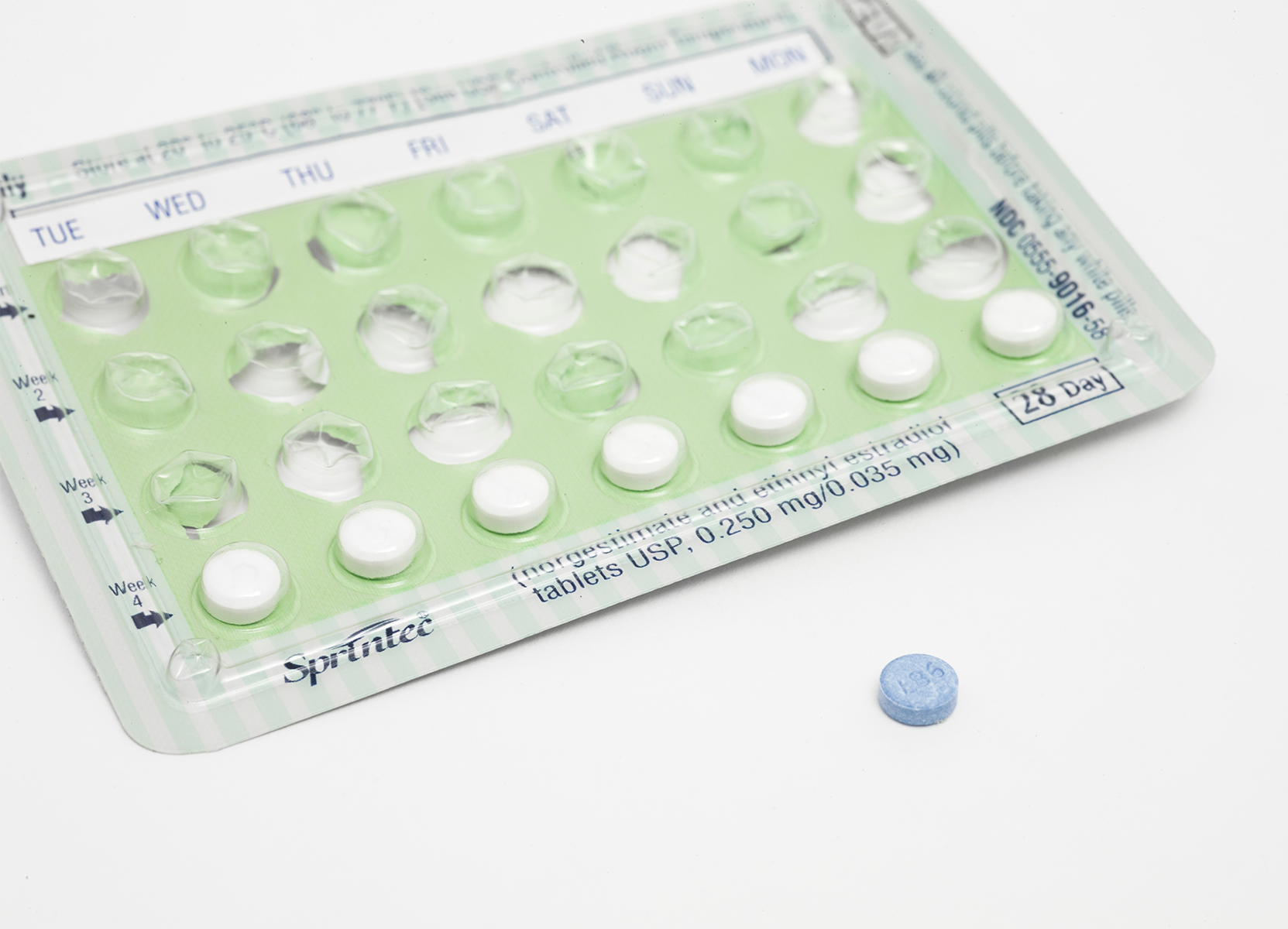What to do if your child is experiencing gender dysphoria
THE HIGHLIGHTS:
Gender identity is a personal conception of gender, regardless of one’s biological sex.
Using the correct pronouns can (quite literally) save someone’s life by making them feel seen, understood, and respected in a supportive environment.
In an effort to give your child freedom to express their emotions freely, refrain from complaining, venting, worrying in front of them, or from depending on your child for emotional support.
Gender-affirming environments and services acknowledge the experience of trans, non-binary and GNC people. In a gender-affirming environment, a child feels safe to express their gender identity authentically.
Gender-affirming health care services will ask patients for their pronouns and respect the complexities of their gender identity.
Gender Dysphoria in Children: How to Provide Gender-Affirming Support
THE FULL READ:
Transgender visibility has increased significantly in the last few years, but there hasn’t been the same kind of support for gender-diverse youth who experience gender dysphoria. Gender dysphoria is a condition in which an individual feels as if the gender they were assigned at birth doesn’t match how they feel on the inside. No longer classified as a mental disorder, gender dysphoria has been declassified as a gender identity disorder by the World Health Organization and is now recognized as a valid aspect of human diversity.
Studies have shown that adolescents experiencing gender dysphoria are often struggling with other mental health conditions concurrently, such as anxiety or depression.1
“There are things to be done on a social level to support your child,” says Mere Abrams, LCSW, a social worker, writer, and researcher specializing in gender studies. Caring for our trans, non-binary and gender nonconforming (GNC) youth begins in the home. If a child’s gender identity isn’t accepted in the home, it becomes almost impossible to demand fair treatment from their peers at school, or in any other social situation.
Gender Dysphoria in Children: Suggestions for Parents, Guardians, & Family Members
To help foster healthy conversations about gender dysphoria at home, we put together a list of suggestions for parents, guardians, and close friends or family members:
For starters, don’t panic. Most parents fear for their child’s safety in a world that isn’t always kind to gender diverse people. It’s okay to make room for a wave of emotions, and we encourage you to find appropriate mental health support for both you and your child. We recommend finding therapists (like a LCSW, PsyD, or LMFT) and support groups that specialize in gender dysphoria care and support.
In an effort to give your child the freedom to express their emotions freely, refrain from complaining, venting, worrying in front of them, or from depending on your child for emotional support. Your child might internalize their parents’ emotions and believe that their existence is the problem, causing resentment to build up over time.
“Fearing for your child’s safety is a valid concern,” says Abrams.

Abrams then asks an important question: “Would you rather have a child who is deeply unhappy, but is accepted by the world around them? Or would you rather have a child who is happy and healthy, but needs a little more help navigating the world around them?” The health, happiness and quality of life of our gender diverse youth should come first as the main goal of treatment.
Next, it’s helpful to educate yourself. Whether or not you’re the parent of a trans, non-binary or gender nonconforming child, it’s important to learn about transgender health and what gender diverse youth experience in order to participate in bigger-picture advocacy – making their lives a little bit easier.
For example, your child may ask that you use pronouns, like he, she, they, or many others, that align with their gender identity. A mental health study by The Trevor Project reports that respecting your child’s pronouns can significantly reduce their risk of suicidal thoughts or committing suicide.2 Using the correct pronouns can literally save someone’s life by making them feel seen, understood, and respected.
Gender-Affirming Terms to Know
Respecting a child’s pronouns not only validates their identity but also plays a significant role in reducing their vulnerability to mental health issues. Understanding terms like non-binary, transgender, gender nonconforming (GNC), and gender fluid is essential in creating safe spaces. To jumpstart your education, here are a few key terms to help you understand what GNC, non-binary or transgender population might experience.

Gender-affirming environments and services
These acknowledge the experience of trans, non-binary and GNC people. In a gender-affirming environment, a child feels safe to express their gender identity authentically. Gender-affirming health care services will ask patients for their pronouns and respect the complexities of their gender identity.
Transgender individuals have gender identities that don’t match the sex that they were assigned at birth.
Gender nonconforming (GNC) people
Individuals who don’t follow traditional “male” or “female” gender roles or sexual orientation.
Non-Binary People
Non-binary people are neither “male” nor “female,” but they may identify as a distinct blend of both. Non-binary individuals seek to challenge the traditional notion of gender binary. They may use they/them pronouns or other non-binary pronouns to reflect their gender identity accurately.
Gender Fluid People
Gender fluid people move between genders. Gender fluid individuals embrace a fluidity in their gender identity, shifting between different identities at different times. Their gender expression may vary from day to day, reflecting the diverse nature of their identity. Understanding and respecting these various gender identities is crucial in creating inclusive and supportive environments for all individuals.

Assigned Female at Birth (AFABAFAB stands for “assigned female at birth.”)
People with vaginas can be referred to as Assigned Female at Birth (AFABAFAB stands for “assigned female at birth.”), instead of using the phrase “biological female.”
Assigned Male at Birth (AMABAMAB stands for “assigned male at birth.”)
People with penises can be referred to as Assigned Male at Birth (AMABAMAB stands for “assigned male at birth.”), instead of using the phrase “biological male.”
Note: The terminology that includes “biological” perpetuates a false belief that genitals define someone’s gender identity.
Gender identity
Is a personal conception of gender, regardless of one’s body parts.
Transitioning
This is the process of changing the way you present yourself to others so that you can become the gender that you feel on the inside (your inner gender identity). There are many levels and layers to transitioning, and there’s no “correct” way to transition. Gender-diverse people may choose to undergo only a few or all of these processes, and some choose not to transition at all.
Social transitioning
Refers to the process of letting others know your true gender by asking them to respect your pronouns (she/her, he/him, they/them, ze, zim, and many more), coming out to your family and friends, using a new name, and/or dressing in ways that match your gender identity.
Medical transitioning
This is the process of changing your body to match your gender identity. This process may include undergoing hormone treatment or gender-affirming surgeries.
Legal transitioning
This is the process of changing your name legally or changing your gender marker (M, F, or X) so that your legal documents and identification match your gender identity.
De-transitioning
This is the process of reversing social, medical or legal transitioning because someone has changed their mind about their gender identity. It’s important to note that de-transitioning is rare, and not as scary as people think. Only 1.9% of youth who begin transitioning change their minds about the process,3 and there are medical resources available to support that process if your child needs it.
Transphobia
Transphobia is the fear and hatred of transgender, gender nonconforming and non-binary people. It usually manifests in bullying, discrimination, harassment, and violence that results in emotional distress to the affected individuals.

How to Foster Healthy Gender Expression and Development
Promote healthy gender development at home. Read books and watch TV shows that center trans, non-binary, and GNC characters to promote open gender expression and normalize diversity at home. If your child begins showing signs of dysphoria at a really young age (sometimes they show strong rejection of typically masculine toys, or feminine toys, etc) tell bedtime stories that make the process of transitioning or coming out feel special, rather than unusual or scary.
In a study about gender nonconforming youth, Diane Ehrensaft, PhD notes that puberty, especially the arrival of menstruation, caused feelings of despair, hopelessness and depression for transgender youth.4
To promote healthy gender development, Abrams recommends asking questions that help reframe the physical changes of puberty. “Instead of explaining to your child what certain body parts mean to the world around them,” says Abrams, “try asking questions like, ‘What does [insert body part here] mean to you?’” These questions allow children to express their identity honestly in an environment that feels safe and encouraging.

Advocate for your child’s needs in a public setting. Set a positive example for your child by pushing for gender-inclusive language at school or in other social settings. Correct family members, friends, and strangers who misgender your child, especially if you can tell that your child experiences a sense of unease doing so on their own and might need social support.
In conversation with other adults and children, make a habit of asking for everyone’s pronouns. This will make your child feel like their needs to have their pronouns respected are valid and important.
Don’t let the medical process freak you out. “Medically speaking, there’s nothing to be done before puberty,” says Abrams. During childhood, parents play a big role in the healthy social development of gender. When puberty is around the corner, hormone-blocking medications might be prescribed to teens and pre-teens to delay the process of puberty (pubertal suppression).
For individuals designated as male at birth, hormone therapy can reduce the speed of body and facial hair growth, prevent voice deepening, and restrict the growth of the penis, scrotum, and testicles. In individuals designated as female at birth, this therapy hinders breast development and halts menstruation.
This gives your child more time to decide how they want to approach puberty and how to cope with the body changes that come along with the sexual development process. While some parents want to dismiss gender dysphoria as a phase, dismissal can put children at higher risk of developing mental health disorders. To reiterate an important point about de-transitioning: It’s rare for young people to change their mind, and if they do, the process isn’t as scary as it seems.

How does gender dysphoria affect mental health and well-being?
Gender dysphoria can significantly impact mental health and well-being, leading to psychological distress, higher rates of depression, anxiety, and even suicidal ideation due to social stigma. Supportive environments, therapy, and gender-affirming care are crucial in helping individuals navigate GNC, non-binary and transgender identity challenges and improve their overall mental health.
Additional Resources
- WPATH Standards of Care outlines the rights of transgender and gender nonconforming people while receiving medical care.
- Endocrine Society provides thorough information about the medical diagnosis of gender dysphoria.
- Stand with Trans provides support groups, advocacy, and education for trans youth and parents in different areas of the United States.
- The American Psychiatric Association provides education on best practices in gender-affirming therapy that can help you choose the best mental healthcare for you and your child.
- The National LGBT Health Education Center created guides to help care for transgender people with severe mental illness and to help parents create a gender-affirming behavioral health care plan for youth.
- The Human Rights Campaign shares basic information to know about trans youth and additional resources.
- The American Psychological Association addresses the spread of misleading and unfounded narratives that mischaracterize gender dysphoria, diagnostic criteria, and affirming care.
- Lambda Legal Rights provides information on trans rights, in the event that legal action needs to be taken when your child’s rights aren’t respected.
This article is informational only and is not offered as medical advice, nor does it substitute for a consultation with your physician. If you have any gynecological/medical concerns or conditions, please consult your physician.
© 2024 The Flex Company. All Rights Reserved.
- Kaltiala-Heino, R., Bergman, H., Työläjärvi, M., & Frisén, L. (2018). Gender dysphoria in adolescence: current perspectives. Adolescent health, medicine and therapeutics, 9, 31–41. https://doi.org/10.2147/AHMT.S135432[↩]
- Paley, A. (2020). The Trevor Project National Survey 2020. The Trevor Project. Retrieved from thetrevorproject.org/survey-2020/[↩]
- Turban, J. (2018, October 23). It’s okay to let your transgender kid transition — even if they might change their mind in the future. Vox. Retrieved from vox.com/2018/10/22/18009020/transgender-children-teens-transition-detransition-puberty-blocking-medication[↩]
- Ehrensaft D. (2017). Gender nonconforming youth: current perspectives. Adolescent health, medicine and therapeutics, 8, 57–67. https://doi.org/10.2147/AHMT.S110859[↩]














